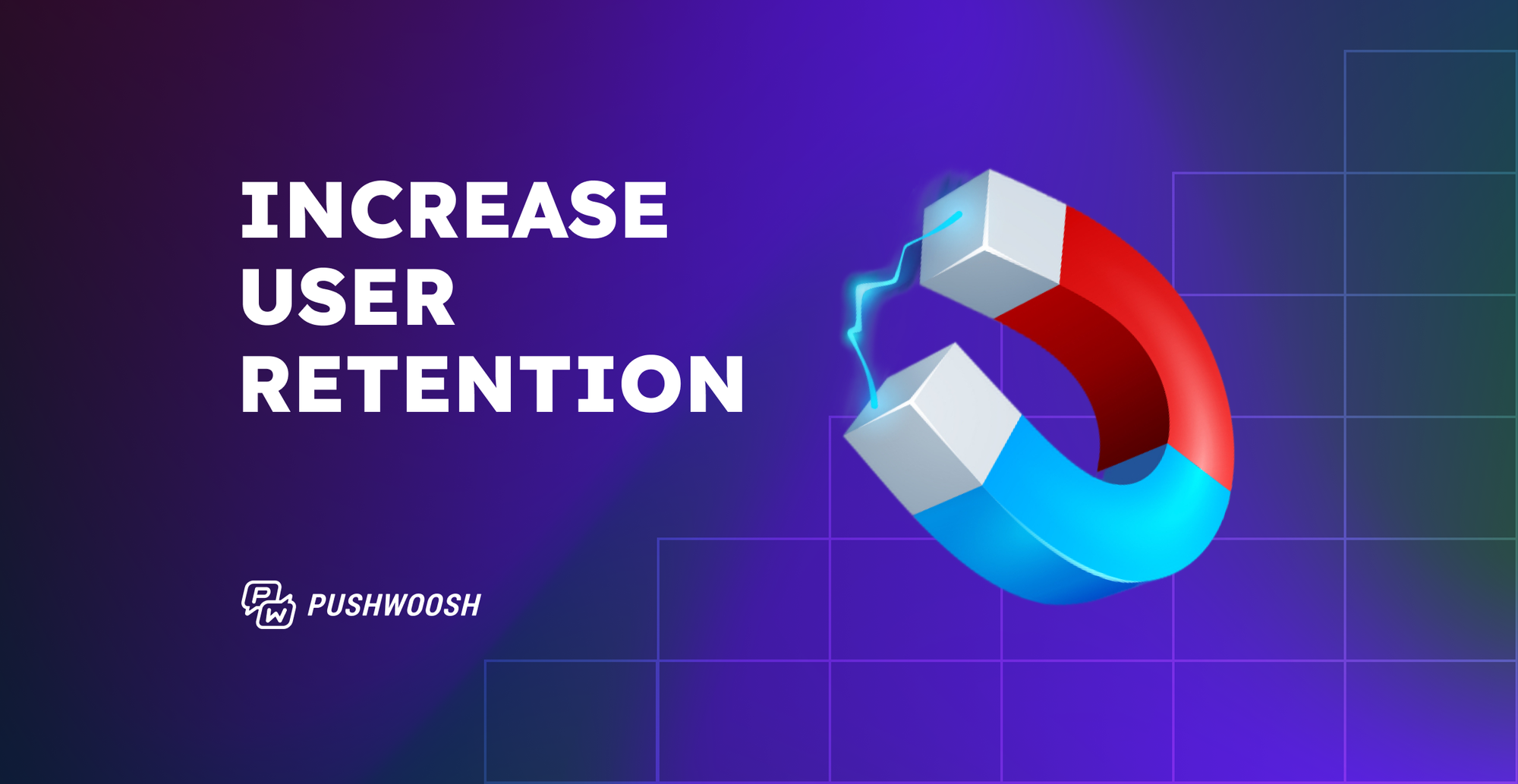4 Components an Effective App Growth Strategy Should Have
This post is brought to you by Yodel Mobile, the award-winning and leading global app marketing consultancy. Yodel Mobile has driven sustainable business success for thousands of app companies, both start-ups and scale-ups, through their award-winning growth marketing strategies.
In today’s app market, the competition is fiercer than ever: there are currently more than 2.9 million apps available on Google Play Store and 4.75 million on the Apple Play Store. This means that staying relevant in this dynamic environment requires continuous innovation and fresh strategies. To attract new users and retain existing ones, it’s essential to develop a detailed App Growth Strategy (AGS). An AGS helps you identify the most effective ways to grow your mobile app, monitor its performance, and measure its success. At Yodel Mobile, we believe that app growth is holistic and there are four core elements that can help you create an effective plan for your mobile app and cover your end-to-end app marketing requirements.
In this post, we discuss each component in more detail and explain their importance in achieving your mobile app success.
Let’s dive straight into it.
- Strategic vision
Whether you’re launching or scaling your app, your application marketing strategy will be key in creating a successful blueprint for mobile app growth. Let’s take a closer look at some of the key elements of your app growth strategy that you should be paying closer attention to:
Define your key performance indicators (KPIs)
The first step of creating an effective app marketing strategy is to define the KPIs that will be used to measure the success of your efforts. By measuring your appA successful performance, you can get a better understanding of the strengths and weaknesses of its current position. This is essential for identifying the best ways to grow your app and for knowing whether your new marketing strategies are working. Remember that it’s important to choose KPIs that are relevant to your app and can be easily tracked.
Understand your audience
A successful mobile app marketing strategy begins with research into your target audience. Understanding your users and their needs will help you create better content and design an attractive app. By identifying your user segments, conducting surveys, and diving deeper into your app analytics, you can develop a clear picture of who your target audience is and what they value in your product. This, in turn, can help you create content and messaging that resonates with your users and design an app that meets their needs. Knowing your users’ pain points, motivations, and desires and observing how they interact with your product will allow you to identify areas for improvement and create a more valuable app.
Assess your competition
A comprehensive competitor analysis will help you better understand the strengths and weaknesses of your competitors and how these translate into your app’s position in the market. By gathering more insights into your competition, you’ll be able to create an actionable plan that can accelerate your app’s growth and create a sustainable model for long-term success.
Implement the right tools
Implementing the right mobile tech stack is not just important, it’s essential. To be able to make data-driven decisions, understand your users and get a comprehensive insight into your product performance, you need mobile tools that are suitable for your app and needs. There are three core categories of tools that we recommend:
- Attribution — help you track where your users are coming from;
- Analytics — help you identify how users experience your product;
- Marketing automation — enable you to grow your relationship with your users.
Monetize your app
Converting your users into recurring revenue is a priority for app businesses, but it’s not an easy strategy to execute successfully. There are many monetization models you can choose from, and some app categories are better suited to specific models than others.
For example, a subscription model will work better if your app is content-focused, such as news, video on demand, fitness, or music.
For a gaming app, in-app advertising might be a better choice.
Whether your goal is to generate revenue from the get-go or to acquire users at a slower pace, consider the suitable monetization strategy before launch.
- Acquisition plan
Populating your app with high-quality users is essential, and your growth strategy should combine paid and organic acquisition across all major channels. Let’s discuss both in more detail.
App Store Optimization (ASO)
In short, App Store Optimization is a continuous process of improving how discoverable your app is and increasing its conversion from impression into install.
By implementing a clever ASO strategy that involves metadata optimization, keyword banks, and strong converting screenshots, your app will rank higher in the search results, boosting app’s discoverability, driving more traffic to your app store listing, and increasing the number of downloads.
Paid User Acquisition
As part of your app marketing strategy and to ensure your app reaches and engages with the right audience, considering paid UA is essential. These campaigns not only push traffic to your app store listing but can also be used to re-target existing users who already have your app downloaded but haven’t completed the desired action, such as purchase or registration.
Paid user acquisition campaigns may seem easy to execute but in reality, they require a lot of strategizing and testing to ensure the highest ROAS (Return On Ad Spend) and the best use of your marketing budget.
Remember that any effective app marketing strategy will use paid UA and ASO in combination to help maintain sustainable mobile app growth.
- Retention as a priority
Meaningful app success is dependent on retention and engagement. Did you know that up to 75% of mobile app users will abandon an app within 30 days after download? To ensure that your app is driving your users to your goal conversion metric, there are a few retention strategies to consider:
UX Optimization
Poor UX makes users puzzled, frustrated or angry and, more importantly, leads to app uninstalls. To ensure your app’s UX is on point, use analytics to identify your users’ needs, pain points, and motivations and apply your learnings to your product roadmap.
Designing an app with your users in mind will help you increase retention and customer lifetime value (CLV).
Product CRO
App Conversion Rate Optimization (CRO) involves optimizing your app experience based on user behavior data to encourage your users to take the desired action (download, subscribe, make a purchase, etc.).
There are several ways to improve your CRO. Some of them include identifying the conversion funnels you’re trying to improve, implementing a testing framework or building an experiment roadmap to keep track of results and create actions on the back of them.
Combined with other efforts, sticking to good CRO practices can streamline your in-app funnel and improve customer experience.
mCRM
Mobile CRM involves all communication and engagement activities with your users, using various messaging channels (in-app messages, push notifications, emails, SMS, and WhatsApp). Preferably, they should all work in concert, putting the omnichannel approach into action, like Pushwoosh does.
MCRM allows you to connect with your audience, maximize user engagement, reduce mobile app churn and improve conversion rates on each step of the funnel. The great thing with a top-tier marketing automation tool, you can test in-app messaging screens as part of your CRO efforts, without making changes to your app’s code.
- Ongoing data analysis
No decision (and we really mean it!) in your growth strategy should be made without analyzing your app performance data first. Whether that involves your mobile tool audit, competitor analysis or simply diving deeper into your app analytics to prioritize your app growth metrics, data should be at the core of any decision relating to your app.
To make your mobile business a success, you need to gather all the data and, more importantly, understand it to solve any issues your app might be experiencing. Filtering through an endless sea of data can be time-consuming and complicated, so turning to experts for help can support you in your app marketing efforts.
By building your mobile app growth strategy on the four pillars: strategy, acquisition, retention, and data — you’ll be able to move confidently towards your business goals. A holistic approach to your app strategy will help you build a solid foundation for sustainable growth and ensure you’re in a good position to attract and retain the right users.
If user retention looks especially challenging to you right now, leave this to Pushwoosh Team:



